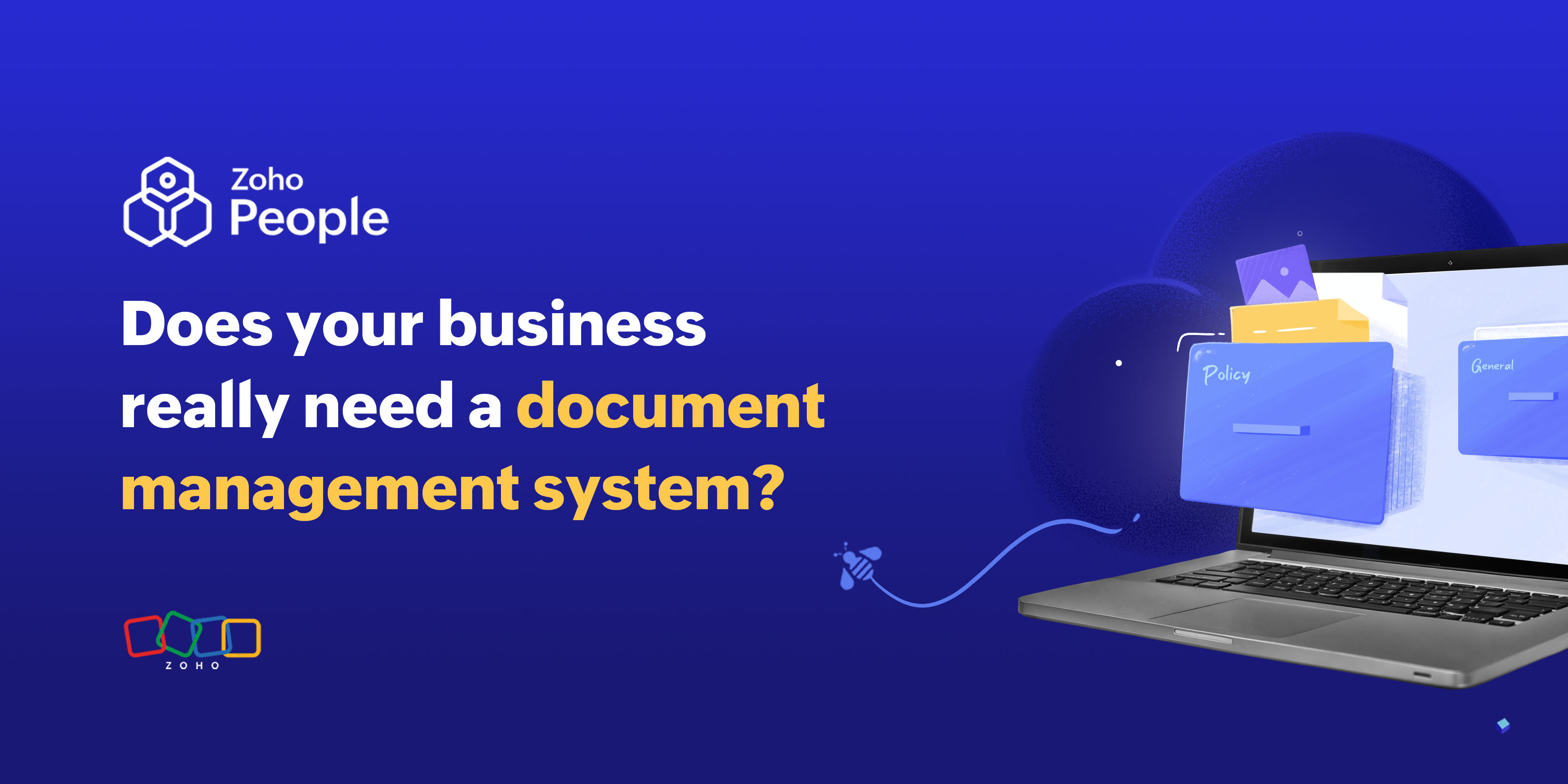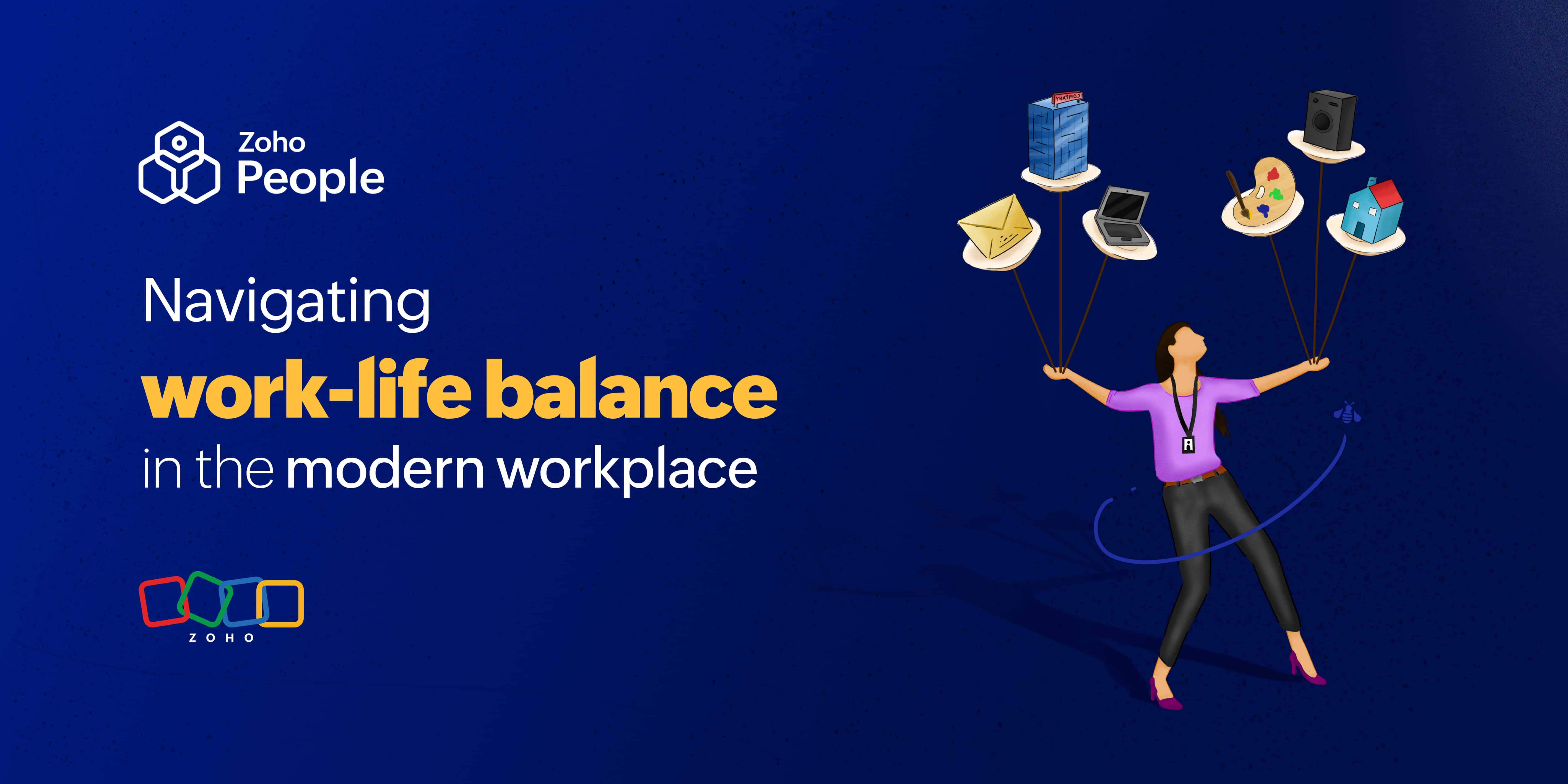- HOME
- More
- On Zoho People
- Why every organization needs employee shift scheduling software
Why every organization needs employee shift scheduling software
- Last Updated : May 15, 2025
- 43 Views
- 4 Min Read
What's your typical day like as an HR manager? Are you buried under a mountain of spreadsheets? Caught in a never-ending loop of shift swaps, availability conflicts, and messages from frustrated employees.?
If this sounds familiar, you're not alone—and you're probably looking for a smarter, smoother way to handle it all.
In this post, we'll explore the benefits of intuitive, reliable scheduling software and see how the right solution can save you time and boost team morale.
The chaos without employee scheduling software
Here are some of the key challenges associated with handling employee shift schedules manually:
Errors and misalignment
Human errors are a top issue with manual scheduling. HR team members may enter the wrong shift time or date, unknowingly assign the wrong employee, or even assign the same employee for two clashing shifts. They may be unaware of an employee's approved leave request and assign them to a shift during their time off. All of this can cause shift conflicts, affecting business operations.
Miscommunication with employees
Managing schedules manually can lead to miscommunication, primarily due to the lack of real-time updates. Sometimes, HR teams may forget to update an employee about a change in their shift. Employees who are on leave may not receive their shift spreadsheets. Frequent miscommunication can lead to frustration for everyone.
Lack of visibility
When employee shifts are managed manually, HR teams may not have visibility over who's available, who's already assigned, and who's on leave. Lack of visibility can lead to significant scheduling issues, including overlapping assignments, missed shifts, and inadequate resources. This can affect employee productivity and hinder overall experience.
Non-compliance with labor laws
Increased errors and chaos in shift management can lead to a lack of compliance with labor laws. Relying on spreadsheets to track shifts may cause HR teams to overlook key information, like maximum working hours, overtime, and required break times. This can potentially result in hefty penalties and legal liabilities. Similarly, when shift data is not documented properly, HR teams may find audits really challenging.
How employee scheduling software can help
Here are some of the key benefits of using employee shift scheduling software for your organization:

Reduced errors and time-saving
With employee shift scheduling software, you can add multiple shifts and map employees to each one in just a few steps. You can also establish shift margins that define the boundaries for payable hours. Similarly, software enables you to automatically swap shifts for employees based on a set frequency. Since everything is automated, shift scheduling software saves a lot of time and cuts down human errors to a greater extent.
Better visibility
With shift scheduling software, HR teams and managers have greater visibility over every employee's availability, avoiding shift conflicts. It comes with a built-in, easy-to-interpret shift calendar that provides a bird's-eye view of every employee's shift details. HR teams can also change shifts from the calendar view, saving them lots of time. Similarly, employees can track their shift details from their self-service page.
Real-time notifications
Communication is at the heart of every scheduling system to keep employees and HR teams on the same page. Whenever an employee is added to a shift or changed to a new shift, they're notified instantly by the system. When an employee submits a shift change request, the approver (usually their manager) is instantly notified.
Improved compliance
Most HR software systems are designed to manage shifts in a way that aligns with the regional and national labor laws. HR teams can track daily work hours, overtime, break times, and more. These systems can also generate detailed reports that provide information on the attendance and shift status of each employee.
Employee scheduling software across different industries
Healthcare
Employee shift scheduling software is particularly beneficial for HR teams in healthcare, where having the right staff at the right time is crucial. Manual shift scheduling isn't practical in a 24/7 environment with erratic patient inflow. By automating employee shift scheduling with the right software, HR teams in the healthcare sector can avoid double-bookings, prevent understaffing, and avoid overworking their staff. It can also give nurses and other providers a way to track their shift details, request shift swaps, and even receive notifications whenever there's a change.
Retail
Retail organizations have to manage their employee's shift schedules very carefully to meet customer demands, peak seasons, and varying foot traffic. With a mix of part-time, full-time, and seasonal employees, manual shift scheduling systems can become a challenge. Software enables these organizations to automate shift scheduling based on demands without any shift conflicts. This keeps customers happy and ensures there are always enough staff members available.
Hospitality
Since most hospitality organizations provide 24/7 service and guest satisfaction, it's important to ensure adequate staffing at all times. With intuitive employee shift scheduling software, HR and operations teams can generate shift schedules automatically for employees based on their availability and guest needs. Employees can view their shift schedules, request shift swaps, and apply for leave, all from the comfort of their smartphones. Location-based shift scheduling can particularly be useful for hotels and resorts that have branches across the country.
Information technology
Global presence, tight deadlines, client deliverables, and more make employee shift scheduling software an essential tech tool for organizations in the IT sector. HR teams can create shift schedules based on different time zones, assign them based on the employee skill level, and rotate them automatically for support, sales, and related roles.
Conclusion
At a time when employee satisfaction is key to successful business operations, managing shift schedules manually with spreadsheets is no longer a sustainable solution. Whether you're in healthcare, retail, hospitality, or IT, the right shift scheduling system can help you automate shift scheduling, streamline employee management, and help build a happier and more productive workforce!
 Tarika
TarikaContent Specialist at Zoho People


